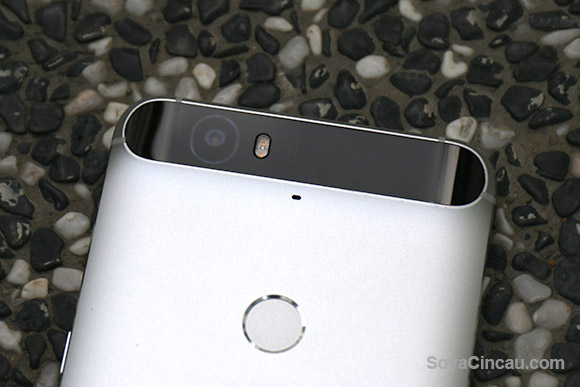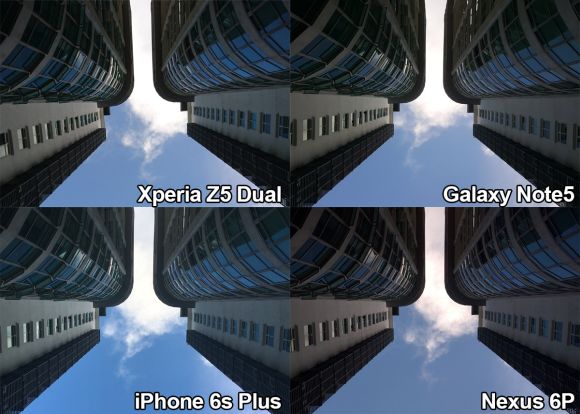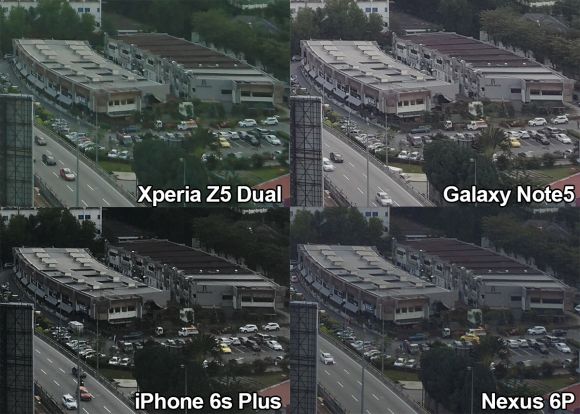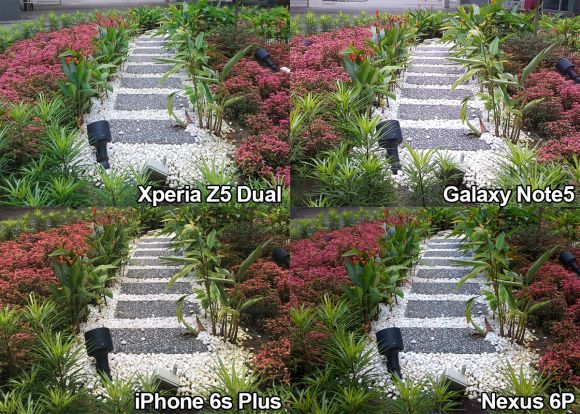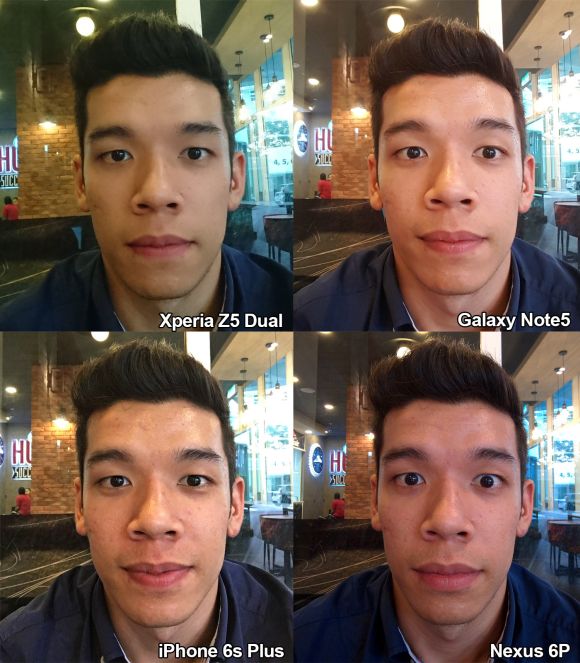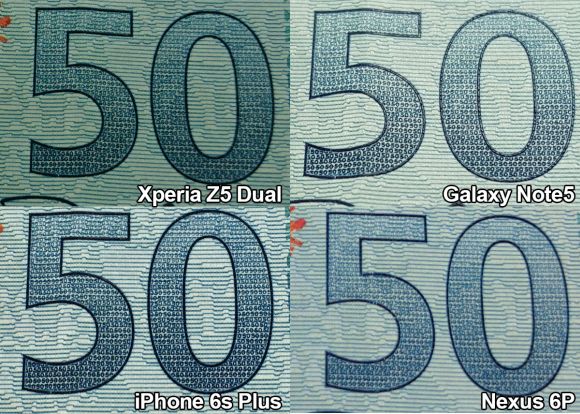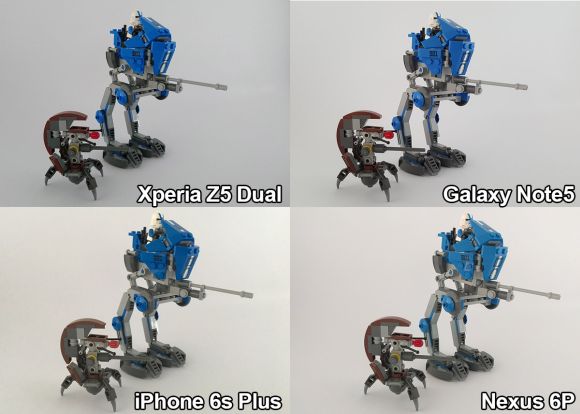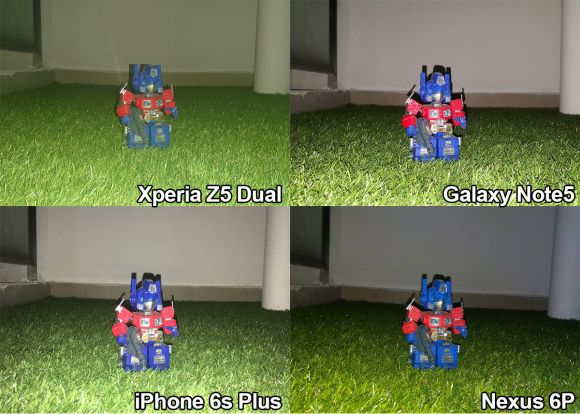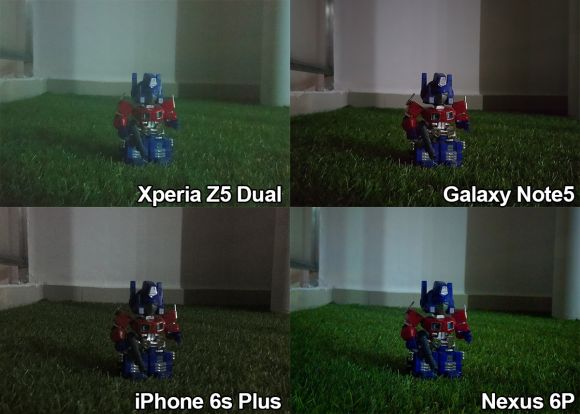Herald as the best Nexus camera to date by some, the timing of the Nexus 6P could easily work against it. With the current generation of smartphone cameras breaking barriers and capable of some amazing photographs, given the right conditions; what does the flagship Nexus have to offer?
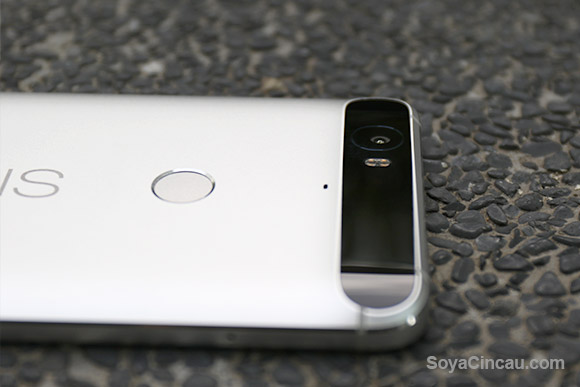
Utilising Sony’s lens on the rear and front, the device in question doesn’t boast an amazing pixel count, only at 12.3-megapixel. It also doesn’t have optical image stabilisation, which by today’s standards could be a big no-no
Google does however bet on the sensors large pixel size, listed at 1.55 µm to compensate the fact that the lens has no Optical Image Stabilisation (OIS). A combination of an aperture of f/2.0 and the larger micrometre would mean that it’ll absorb a lot more light, at least on paper; making shots in low light scenes easier to manage. Also, PDAF and laser autofocus makes a formidable duo, mediating those poorly dialed in images.
How about the front? Well, the 6P gets a much appreciated 8-megapixel f/2.4 sensor that’ll greet you every time your eyes meet the screen. There are no fancy add-ons on this 1.4 μm pixel lens, it’s just a bare-bones camera but you will be lucky enough to get HDR+ on the front too.
[nextpage title=”How does the competition rack up?”]
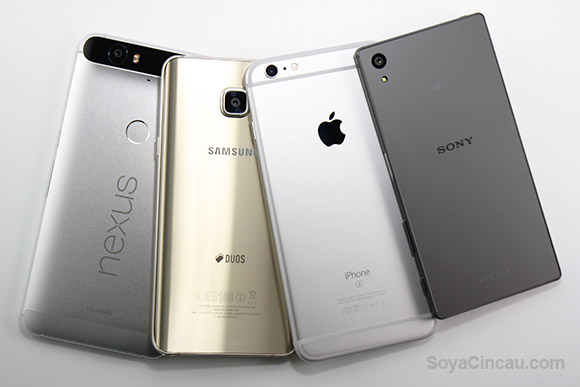
Testing the camera, we’re putting it against some of the other flagships that have established themselves in the smartphone camera segment: the iPhone 6s Plus, the Sony Xperia Z5 Dual, and the Samsung Note5.
We won’t go too far in detail on what the others can do but we’ll list down their camera specs.
iPhone 6s Plus
12-megapixel iSight camera
1.22 µ pixels
Optical Image Stabilisation (OIS)
f/2.2 aperture
Dual-tone LED flash
Live Photos
HDR5-megapixel front sensor
f/2.2 aperture (front too)
Retina Flash
Sony Xperia Z5 Dual
23-megapixel rear lens
f/2.0 aperture
24mm wide-angle G lens
PDAF (phase detection auto focus)
LED flash
HDR
SteadyShot for video5-1-megapixel front camera
25mm wide-angle lens
SteadyShot for video
Samsung Galaxy Note5
16-megapixel primary shutter
f/1.9 aperture
Optical Image Stablisation (OIS)
HDR
Video Digital Image Stabilisation5-megapixel front camera
f/1.9 aperture
120-degree wide selfie angle
HDR
Video Digital Image Stabilisation
How we tested the 4 cameras
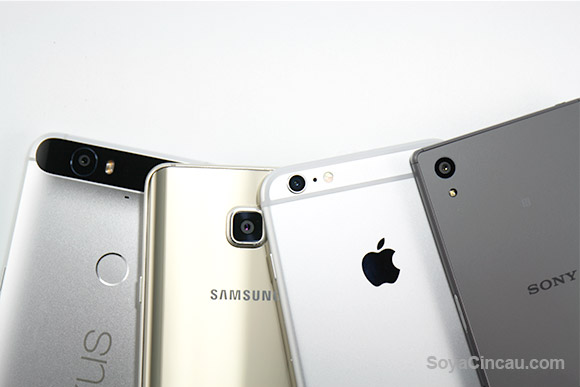
Pitting all four smartphone cameras against each other, there were different aspects to look at; among them were, outdoor shots, macro, low light outdoors with flash/without, and lastly the front camera. We’ll just leave the photos for your viewing and let that be that.
Check out the images we managed to capture over the span of our time with the Nexus 6P in the following page.
[nextpage title=”Photo Samples”]
Scene 1 (Outdoors, natural lighting)
Original photos: Xperia Z5 Dual, Galaxy Note5, iPhone 6s Plus and Nexus 6P
Scene 2 (Outdoors scenery, natural lighting)
Original photos: Xperia Z5 Dual, Galaxy Note5, iPhone 6s Plus and Nexus 6P
Scene 3 (Outdoors, natural lighting)
Original photos: Xperia Z5 Dual, Galaxy Note5, iPhone 6s Plus and Nexus 6P
Scene 4 (Front camera, no flash)
Original photos: Xperia Z5 Dual, Galaxy Note5, iPhone 6s Plus and Nexus 6P
Scene 5 (Macro, standardised lighting set up)
Original photos: Xperia Z5 Dual, Galaxy Note5, iPhone 6s Plus and Nexus 6P
Scene 6 (Low light indoors close-up, no flash)
Original photos: Xperia Z5 Dual, Galaxy Note5, iPhone 6s Plus and Nexus 6P
Scene 7 (Low light outdoors, with flash)
Original photos: Xperia Z5 Dual, Galaxy Note5, iPhone 6s Plus and Nexus 6P
Scene 8 (Low light outdoors, without flash)
Original photos: Xperia Z5 Dual, Galaxy Note5, iPhone 6s Plus and Nexus 6P
You can view the original unedited images by clicking on the links below each image. Let us know what you think in the comments below, we’d like to see the comments and discussions that follow.

